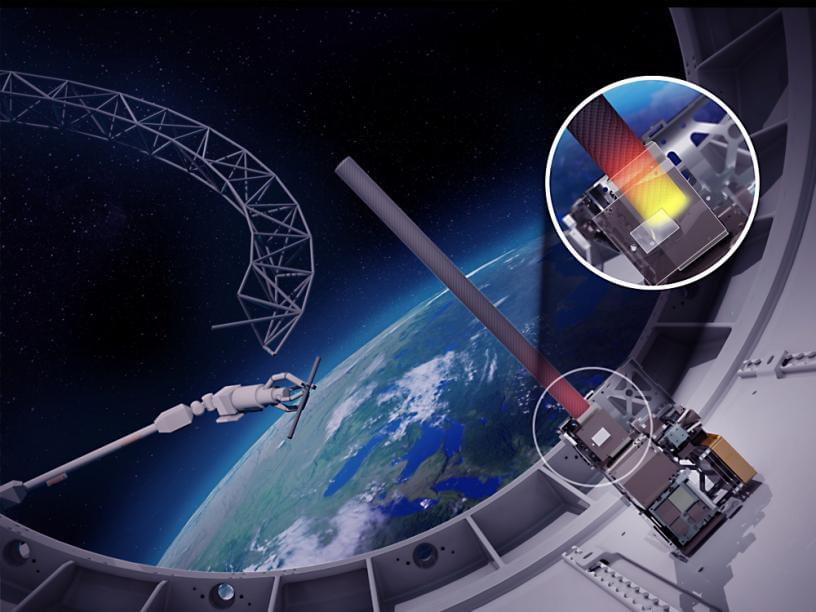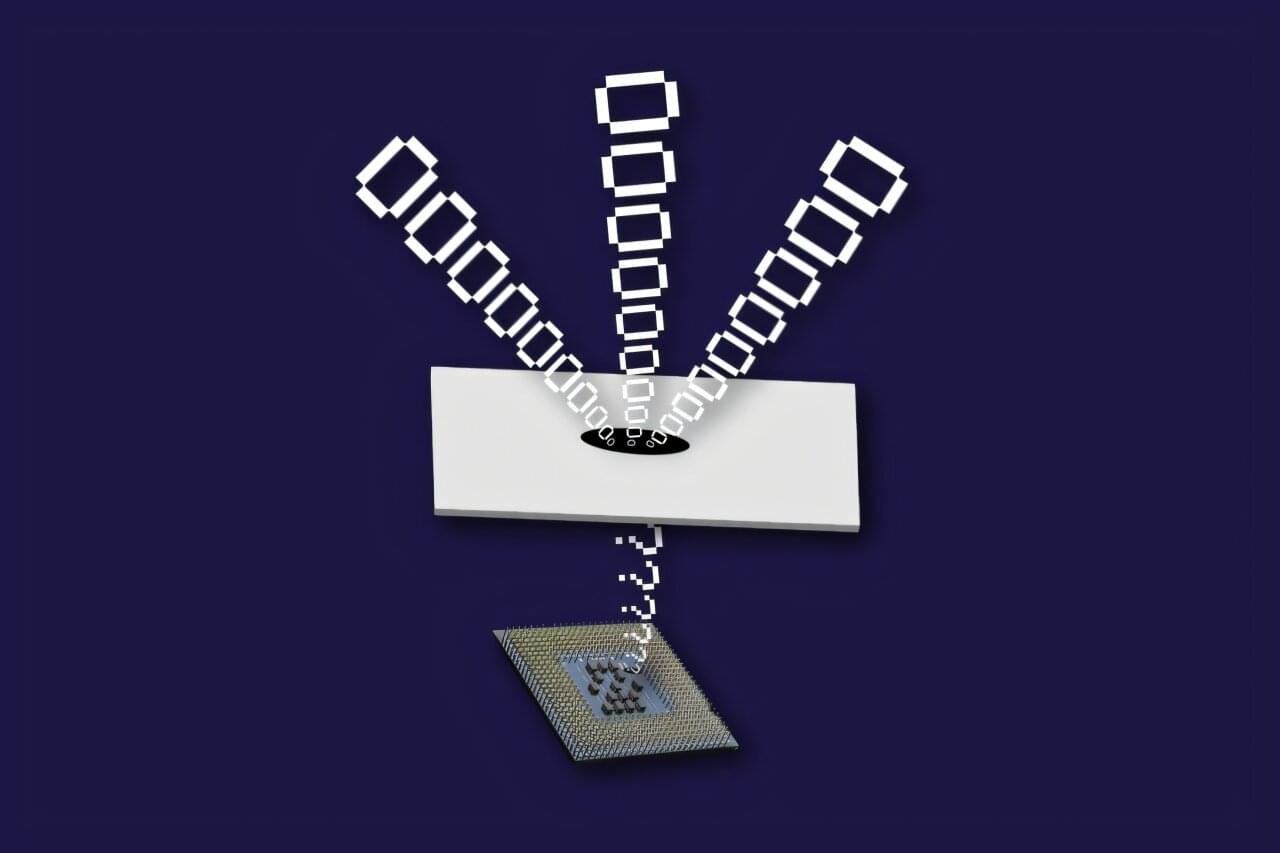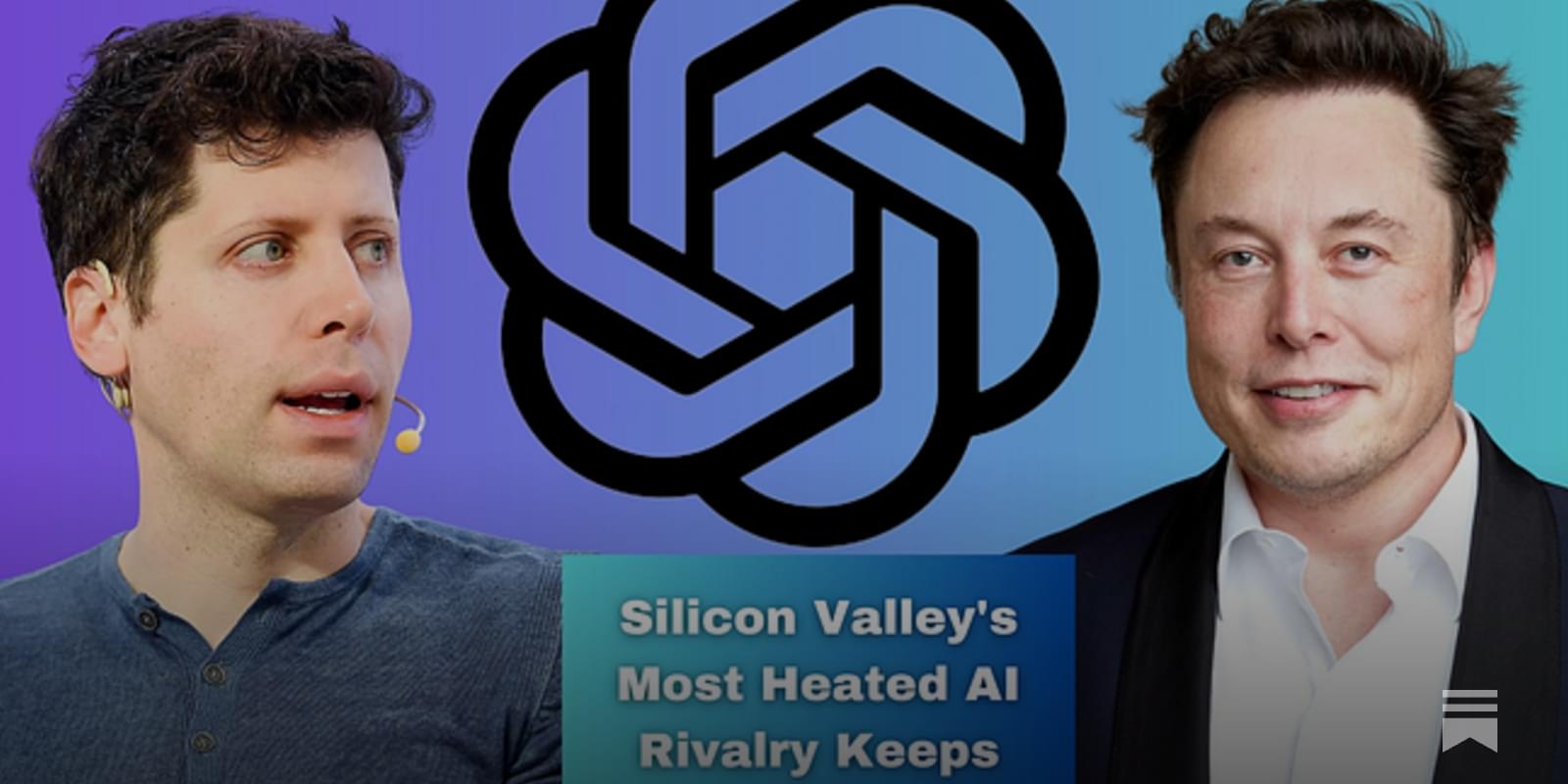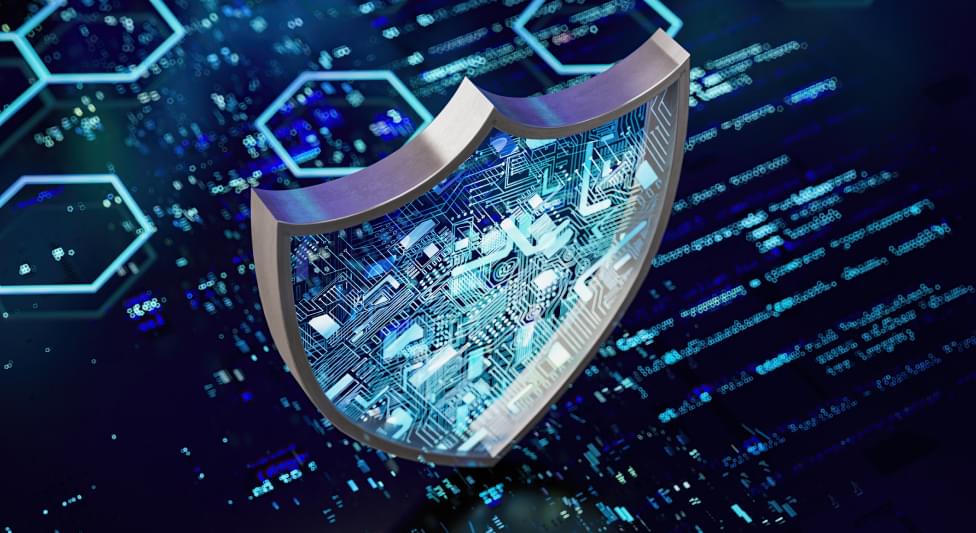In today’s AI news, a consortium of investors led by Elon Musk is offering $97.4 billion to buy the nonprofit that controls OpenAI. The unsolicited offer adds a complication to Altman’s carefully laid plans for OpenAI’s future, including converting it to a for-profit company and spending up to $500 billion on AI infrastructure through a JV called Stargate.
In other advancements, all eyes were on French President Emmanuel Macron Sunday at the end of the first day of the AI Action Summit in Paris after he announced a €109 billion investment package. “For me, this summit is not just the announcement of a lot of investment in France. It’s a wake-up call for a European strategy,” he said.
And, Current AI, a “public interest” initiative focused on fostering and steering development of artificial intelligence in societally beneficial directions, was announced at the French AI Action summit on Monday. It’s kicking off with an initial $400 million in pledges from backers and a plan to pull in $2.5 billion more over the next five years.
Then, ZDNET contributor Jack Wallen reports his local AI of choice is the open-source Ollama. He recently wrote a piece on how to make using this local LLM easier with the help of a browser extension, which he uses on Linux. But on MacOS devices, Jack turns to an easy-to-use, free app called Msty.
In videos, At the AI Action Summit in Paris, Yann LeCun underscored a fundamental shift in artificial intelligence—one that moves beyond the brute-force approach of large language models in his presentation, “The Next AI Revolution”. The future of AI hinges on *world models*—structured, adaptive representations that can infer, reason, and plan.
And, DeepSeek is not a threat to OpenAI says, Sridhar Ramaswamy, CEO Snowflake, the $60BN public company with $3.5BN in revenue growing 30% per year. Sridhar joined Snowflake following his company, Neeva, being acquired by them for $150M. Mr. Ramaswamy spent 15 years growing Google’s AdWords from $1.5B to over $100B.
Then, former Google CEO Eric Schmidt with Alliant founder Craig Mundie talk with David Rubenstein about the promise, and potential peril, of a new frontier in artificial intelligence — and their collaboration with the late Henry Kissinger on his final book, Genesis. Recorded January 26, 2025 at The 92nd Street Y, in New York City, New York.





